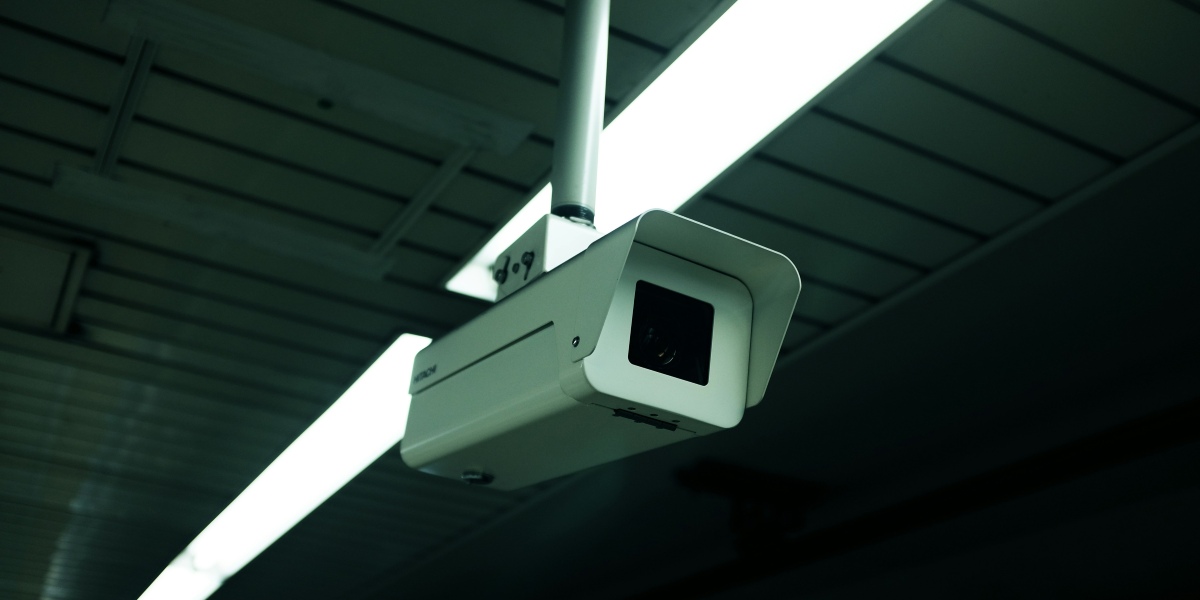When one thinks of Los Angeles today, images of a sprawling metropolis, vibrant entertainment, and diverse communities often come to mind. It is a city that pulsates with modern energy and innovation. Yet, to truly understand this remarkable place, it is helpful to look back, far beyond the Hollywood sign and the busy freeways, to uncover its remarkably humble and layered beginnings. The history of Los Angeles is a deep narrative, stretching back thousands of years before any European settlers arrived, tracing through periods of indigenous thriving, Spanish colonization, Mexican governance, and its eventual dramatic expansion under American influence. It is a story shaped by geography, ambition, and a constant influx of diverse peoples.
Read also: Uncovering the Soul of Los Angeles Districts
Ancient Echoes: The Indigenous Foundation
Long before the arrival of any Spanish ships or colonial flags, the Los Angeles Basin was a vibrant hub for several thriving indigenous groups. Primarily, this rich region was home to the Tongva people, sometimes also known as the Gabrieliño, along with some presence of the Chumash. The Tongva had established numerous villages across the basin, living sustainably for thousands of years, with a particularly significant settlement called Yaanga (also spelled Yang-na or Iyáangẚ) located very close to what is now the modern Civic Center. These communities possessed sophisticated societies, intricate trade networks, and a profound knowledge of the land’s abundant resources. They structured their lives around hunting, gathering, and fishing, building their cultures in harmony with the natural features of the area, including the crucial river that would later gain fame as the Los Angeles River. Their enduring presence forms the deepest layer of the city’s extensive history.
Spanish Visions: Missions and the Founding of the Pueblo
The first European contact with this region occurred in 1542, when Portuguese explorer Juan Rodríguez Cabrillo claimed the area for Spain, though no settlement was established at that time. It would be more than two centuries later, in 1769, that the Spanish Gaspar de Portolà expedition, accompanied by the Franciscan missionary Juan Crespí, truly explored the area in detail. It was Crespí who famously bestowed the incredibly long name upon the river flowing through the basin: El Río de Nuestra Señora la Reina de los Ángeles de Porciúncula (“The River of Our Lady, Queen of the Angels of Porciúncula”). This poetic name is precisely where Los Angeles gets its well-known nickname, “The City of Angels.” To solidify Spain’s claim and expand its colonial presence, a mission system was established across California. Mission San Gabriel Arcángel, founded in 1771 just east of present-day Los Angeles, was the first mission in the vicinity, significantly impacting the indigenous populations and introducing European agricultural methods.
The truly pivotal moment in the direct origins of LA arrived on September 4, 1781. Under the direction of Spanish Governor Felipe de Neve, a carefully selected group of 44 settlers, affectionately known as “Los Pobladores,” embarked on a journey to establish a new farming community. This small pueblo was strategically located near the existing Tongva village of Yaanga. They named their new town “El Pueblo de Nuestra Señora la Reina de los Ángeles” (The Town of Our Lady the Queen of the Angels). These original settlers represented a remarkably diverse group of families, primarily hailing from Sinaloa and Sonora in what is now Mexico. They included individuals of Spanish, Indigenous, and African heritage, highlighting the multicultural foundation of the settlement from its very inception. The pueblo was conceived as a self-sufficient agricultural community, with lands granted for farming and grazing, laying down the humble yet determined roots of a future metropolis.
A Mexican Era: Ranchos and Regional Influence
After Mexico successfully gained its independence from Spain in 1821, Los Angeles became an integral part of the newly formed Mexican nation. This period ushered in significant changes for the region. The mission system, which had dominated much of colonial California, underwent secularization, meaning the vast mission lands were reallocated. This led to the rise of large private land grants, transforming huge tracts into sprawling ranchos. These ranchos became the economic backbone of Mexican California, with cattle ranching and the lucrative hide-and-tallow trade flourishing. The lifestyle of the Californios, people of Mexican or Spanish descent who were born in California, became prominent during this era, characterized by expansive landholdings, horse culture, and distinctive social customs.
While still a relatively small community compared to its later growth, Los Angeles gradually began to assert its influence within Mexican Alta California. Its fertile lands and strategic location contributed to its increasing importance as an agricultural and administrative center. In a notable recognition of its growing stature, the Mexican Congress officially designated Los Angeles as a city in 1835. For a brief but significant period between 1845 and 1847, Los Angeles even served as the capital of Alta California, underscoring its emerging regional significance and influence before the major shifts that would soon follow.
Read also: Los Angeles History: From Humble Pueblo to Global City
American Ascendancy: Transformation and Expansion
The mid-19th century brought another pivotal transformation for Los Angeles with the conclusion of the Mexican-American War. The Treaty of Guadalupe Hidalgo, signed in 1848, formalized the transfer of California, including Los Angeles, to the United States. Following this, California officially became a U.S. state in 1850. While the famous California Gold Rush was centered further north, its immense impact drew a wave of new settlers to the region and spurred broader development across the state. This influx of people, even those not directly heading to the gold fields, contributed to a growing awareness and interest in southern California.
However, the truly explosive growth of Los Angeles began later in the 19th century with the arrival of the transcontinental railroad. These rail connections linked the burgeoning city to the rest of the nation, making large-scale immigration and trade much more feasible. What had been a relatively sleepy pueblo under Spanish and Mexican rule began to transform rapidly into a bustling urban center. The fertile lands continued to support agriculture, but new industries and an increasing population reshaped the city’s character. The layers of indigenous presence, Spanish colonial ambition, and Mexican regional development all contributed to the unique foundation upon which modern Los Angeles would rapidly expand. This period of American annexation and subsequent development laid the groundwork for the dynamic, sprawling metropolis that Los Angeles is recognized as today, completing its complex and rich historical journey from humble beginnings to a global city.





